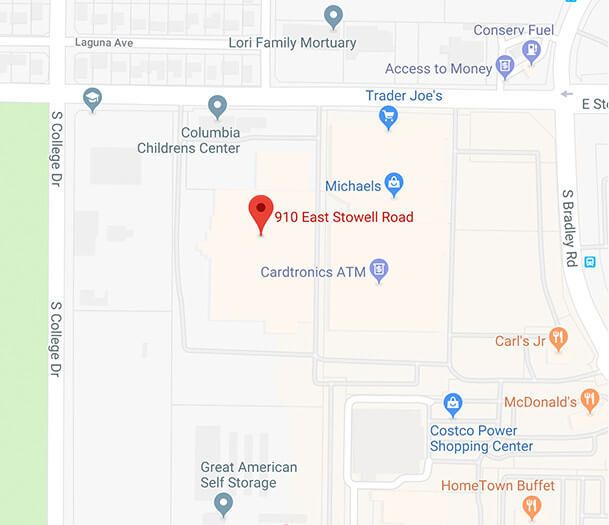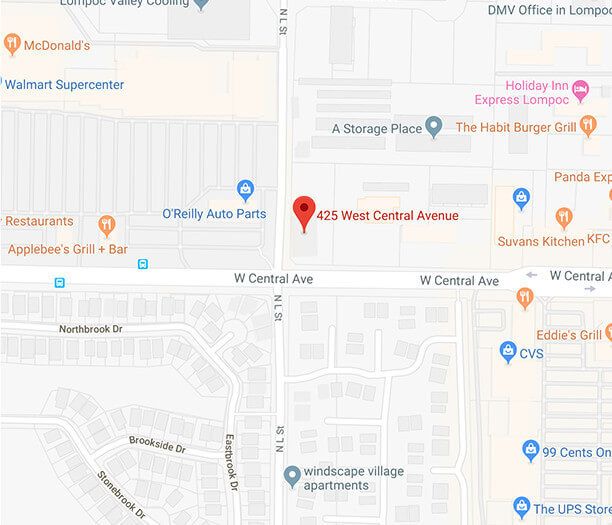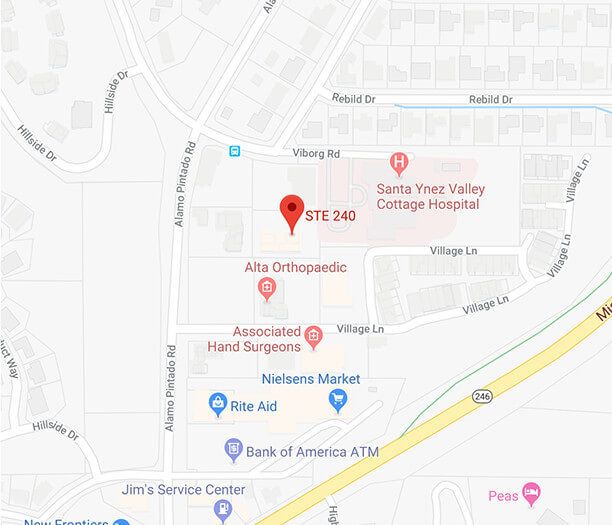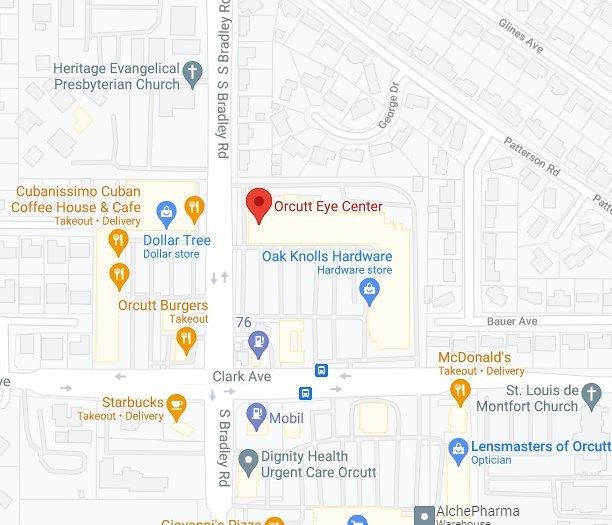
Reviewed By Joseph T Nezgoda, MD MBA
An analysis of 121 patients dating back to the beginning of the pandemic unveils COVID's most common effects on the eye. Share this information and remember: Widespread vaccination is key to ending the pandemic.
How Does COVID Reach The Eyes?
People respond in different ways to COVID-19 infections. While some people develop mild to severe respiratory problems, others experience no symptoms at all. Pink eye remains the most common sign of COVID in the eyes of children and adults.
Doctors are still learning how COVID affects the eyes. But it's clear that some people with COVID experience inflammation throughout their body. This inflammation can cause blood clots to form. These clots may travel through the body and reach the veins, arteries and blood vessels of the eye.
COVID's Effects On The Retina
The new study suggests that few people with COVID will develop eye problems. But when those problems occur, they can range from mild to vision-threatening. Many of these problems affect the retina — a light-sensing layer of cells in the back of the eye that plays a key role in your vision.
Here are four of the most common eye problems that may develop after COVID infection, according to the new analysis.
1. "Cotton Wool" Spots
When blood clots prevent nutrients from getting to the retina, the tissue in the retina begins to swell and die. If the doctor examines your eye closely using optical coherence tomography, this area looks white and fluffy like cotton wool (shown in the image above). These spots do not typically affect a person's vision.
2. Eye Stroke (Also Called Retinal Artery Occlusion)
Blood clots in the arteries of the retina can block the flow of oxygen, causing cells to die. This is known as a retinal artery occlusion, or eye stroke. The most common symptom of an eye stroke is sudden, painless vision loss.
3. Retinal Vein Occlusion
When a vein in the retina becomes blocked, blood can't drain out like it should. The buildup of blood raises pressure levels inside the eye, which can cause bleeding, swelling and fluid leaks. People with this complication can develop blurry vision or even sudden, permanent blindness.
4. Retinal Hemorrhage
This occurs when blood vessels in the retina start bleeding. It is sometimes caused by a retinal vein occlusion. A hemorrhage can lead to blind spots and gradual or sudden loss of vision.
Am I At Risk Of Eye Complications From COVID?
Very few people with COVID will experience serious eye-related complications. But certain people are more likely than others to develop these problems. People with the following conditions are at the greatest risk:
High blood pressure
Blood disorders
Other conditions that affect the blood vessels
When eye problems occur, they tend to develop within 1 to 6 weeks of experiencing COVID symptoms.
These problems have developed in people who were very sick with COVID as well as people who were apparently healthy and lacked symptoms.
Although this is the largest study to date on COVID’s impact on the retina, researchers only examined information from 121 patients. Doctors are continuing to explore how often eye problems affect people with COVID, and how to prevent these conditions.
How To Protect Your Eyes During COVID-19
If you develop symptoms of COVID and notice changes in your vision, schedule an appointment with an ophthalmologist right away.
To protect your eyes and your overall health, be sure to wear a face mask around other people, wash and sanitize your hands frequently and get vaccinated against COVID-19. The potential complications of the disease far outweigh any complications from the vaccine.
If you are experiencing any of these symptoms, please contact Shepard Eye Center at our offices in Santa Maria (805) 667-0100, Lompoc (805) 793-1800, Solvang (805) 793-1800, or Orcutt (805) 937-9532 to book an appointment today.


























